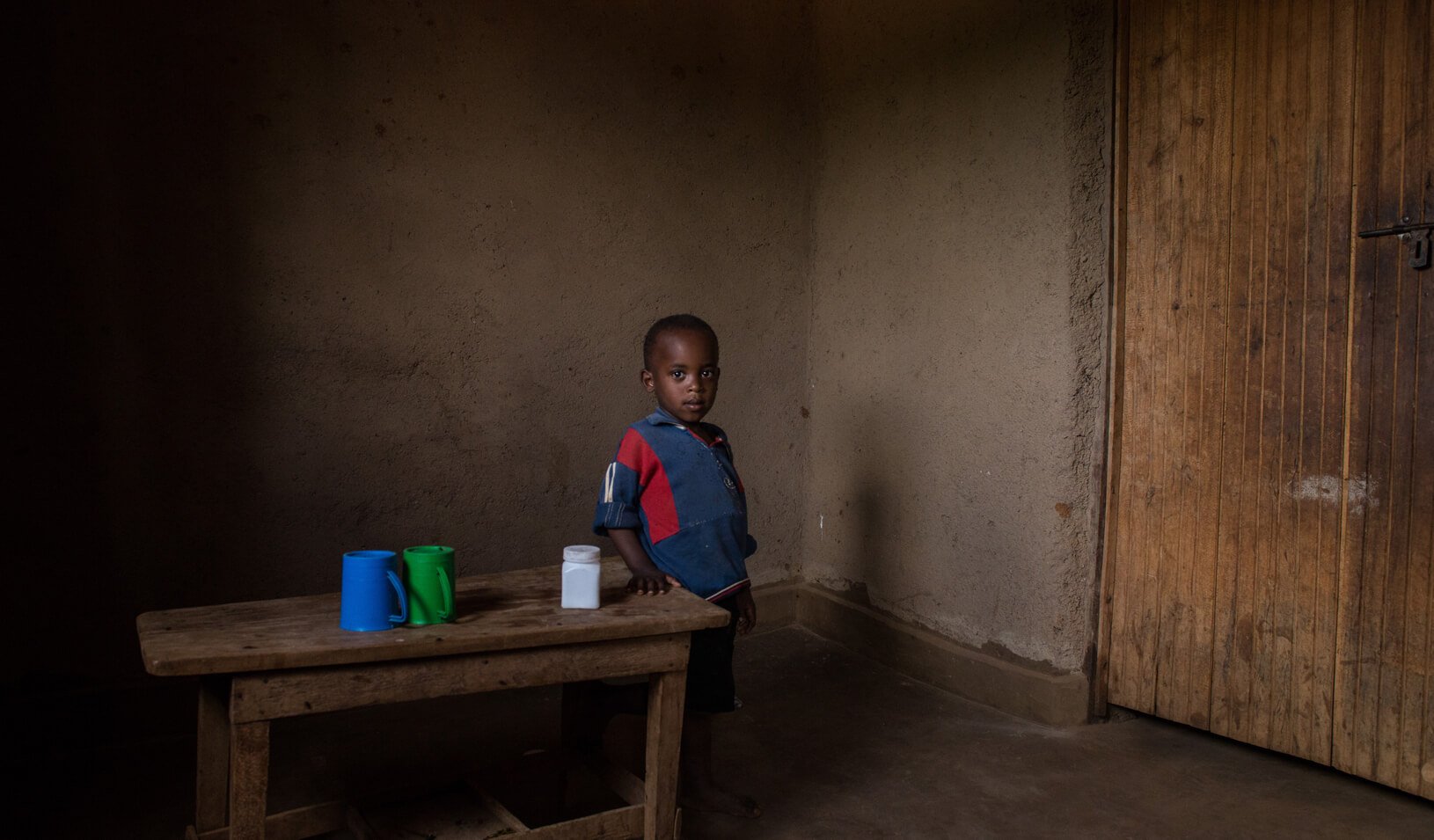Like most people, Google’s Jared Cohen once thought of Bluetooth as a tool to “let you talk and drive at the same time.” But in 2004, as he walked the streets of Shiraz, Iran, he saw its revolutionary potential: Young adults were connecting with one another using the wireless protocol that allows devices within short distances to communicate. When protests broke out over the presidential election five years later, and the government closed down cellular networks, many Iranians used Bluetooth connections to organize and get in touch. As Cohen learned, citizens of countries with restrictions on civil liberties can get very creative. “All of a sudden you start reading the instruction manual,” he told Stanford GSB students January 30. “You start learning how to use every single aspect of a device.”
Today, as billions of people around the world connect increasingly through social networking and video sharing, technology will play an ever-growing role in international relations and civil activism, said Cohen, a former member of the State Department’s Policy Planning staff and director of Google Ideas, which examines the role of technology in helping resolve challenges around the world.
A single video spread via social networks can have a dramatic effect. During the protests in Iran, amateur footage of the death of 26-year-old Neda Agha-Soltan, was posted on YouTube, and landed “on the desks of the most powerful people on the planet — presidents, prime ministers, heads of state,” Cohen said. “It spread so virally that President Obama couldn’t stand in the White House press room and credibly say he hadn’t watched it without seeming callous and removed from what was happening in Iran.” In response, U.S. foreign policy changed from a “no-meddling” position to staunch rhetoric against the Iranian regime, Cohen said. “So some unknown person on the streets of Iran was able to get a virtual meeting with President Obama and change U.S. foreign policy, all because of a viral video.”
Cohen, a 2004 Stanford graduate, also cited the role of a 2010 color photo of the self-immolation of Mohamed Bouazizi, a street vendor in Sidi Bouzid in Tunisia, which raced around the world online. The image of Bouazizi, who had been harassed by police, galvanized Tunisian citizens and quickly escalated the level of activism into a full-blown uprising against years of brutality and torture under Zine El Abidine Ben Ali, now living in exile.
“What we learned in Tunisia is that revolutions may begin in private but unfold in public,” said Cohen. “Technology allowed images like this to spread, allowed ordinarily weak ties to become much stronger and, more importantly, allowed citizens on the ground to fill the gap that was left by the mainstream media.”
Technology can also act as a deterrent against greater restrictions of civil liberties and state-sponsored violence, Cohen said. Technology gives greater visibility into the inner workings of authoritarian and autocratic regimes, and the prospect of seeing videos or photos circulate worldwide may discourage these governments from committing atrocities such as large-scale massacres. “I absolutely believe that these regimes have the will, the means, and the desire to kill large numbers of people in a single slaughter,” said Cohen. “What they don’t have the will to do is kill that many people with the world watching.”
Of course, technology can’t change the world alone. Though it allows far more people to be involved in civil activism, revolutions and eventual reform still require leaders, and technology itself doesn’t identify strong leaders who could run for office and win. “In the future, revolutions will be easier to start and will happen faster but be a heck of a lot harder to finish,” said Cohen at Stanford GSB’ Global Speaker Series, which brings leaders to campus whose work is global in scope.
“It’s great to have so many people online, but in the case of Egypt, you can’t have 90 million people sitting around a table writing a constitution.”
Ultimately, the challenge for citizens is to find ways “to make sure people who know how to build a society are in charge, but at the same time also know how to keep civil society engaged.”
For media inquiries, visit the Newsroom.






